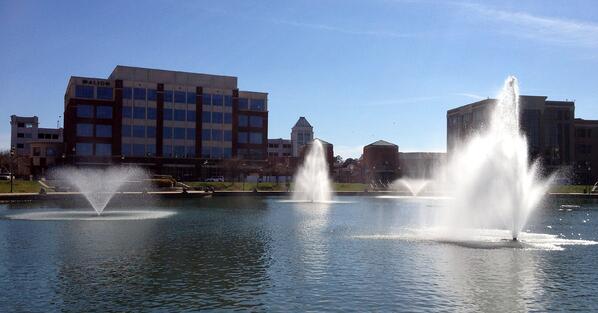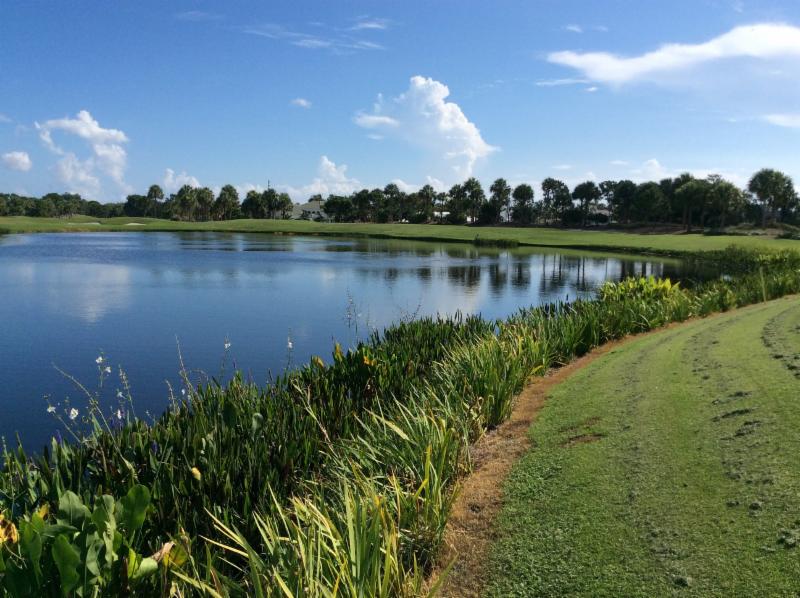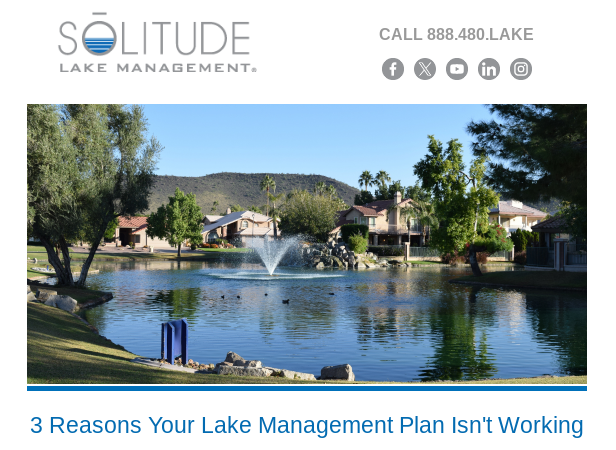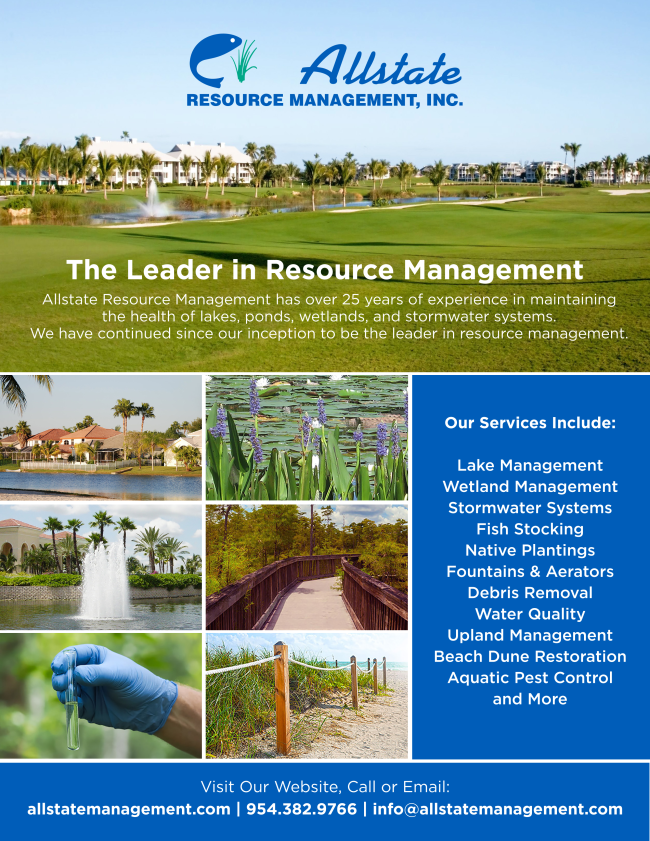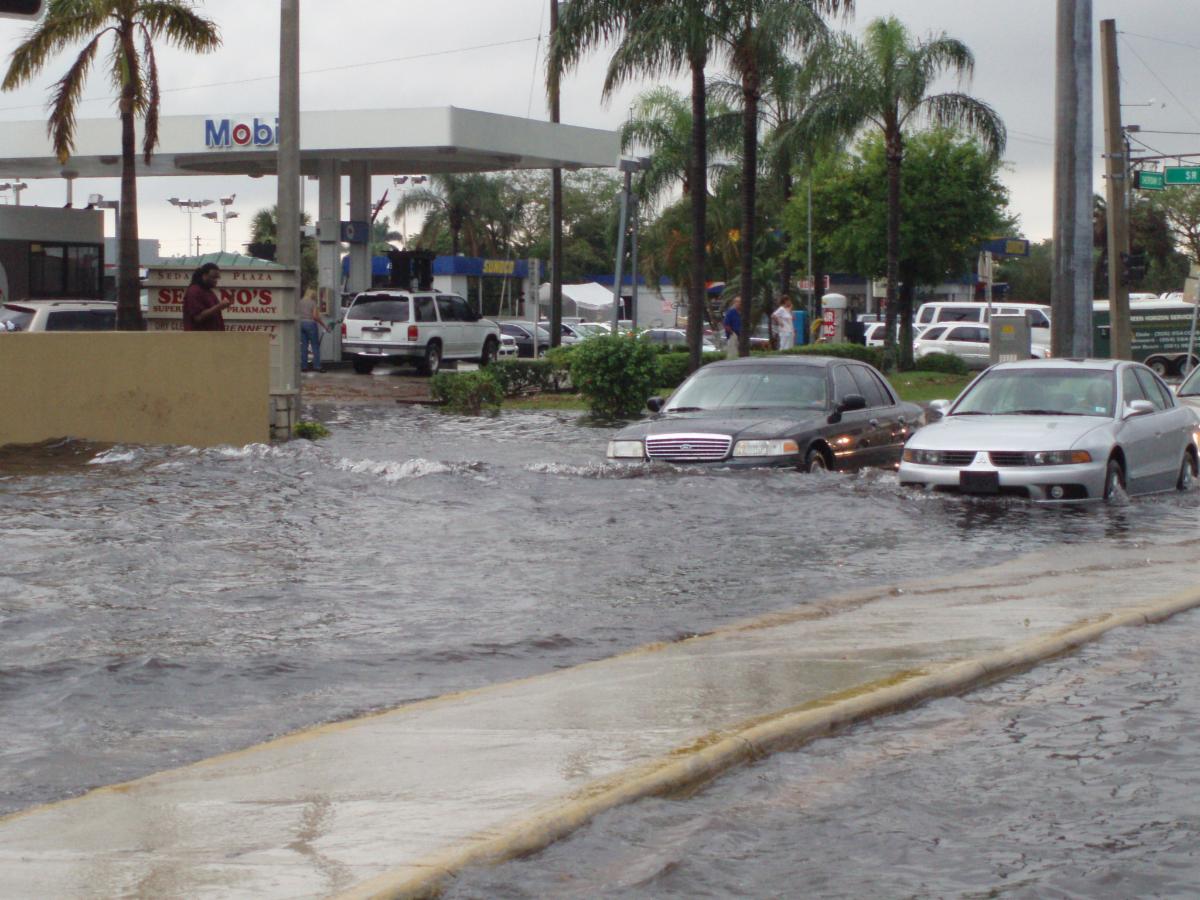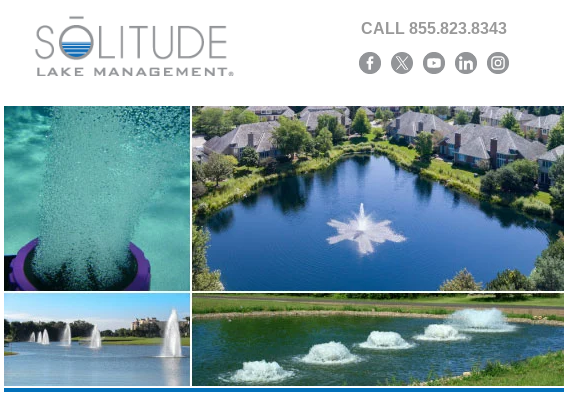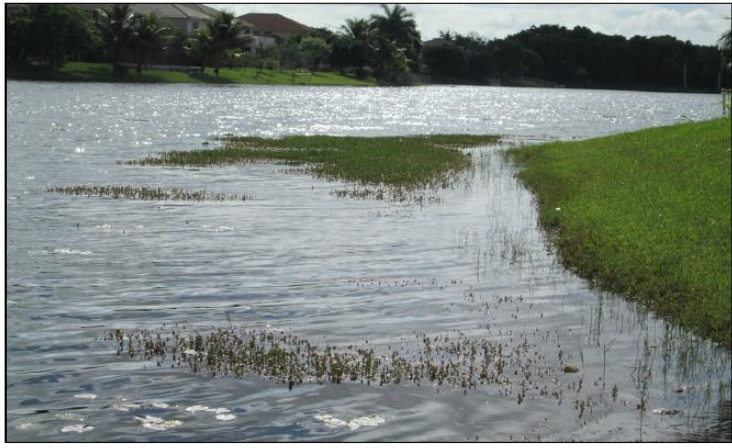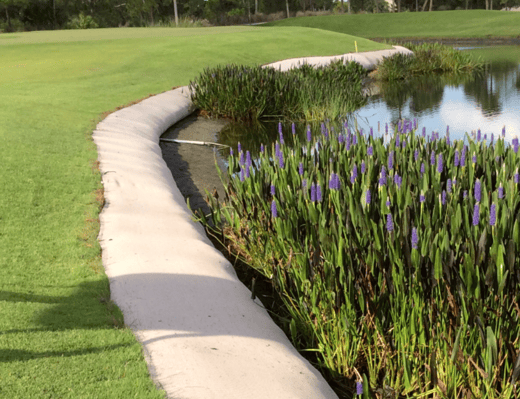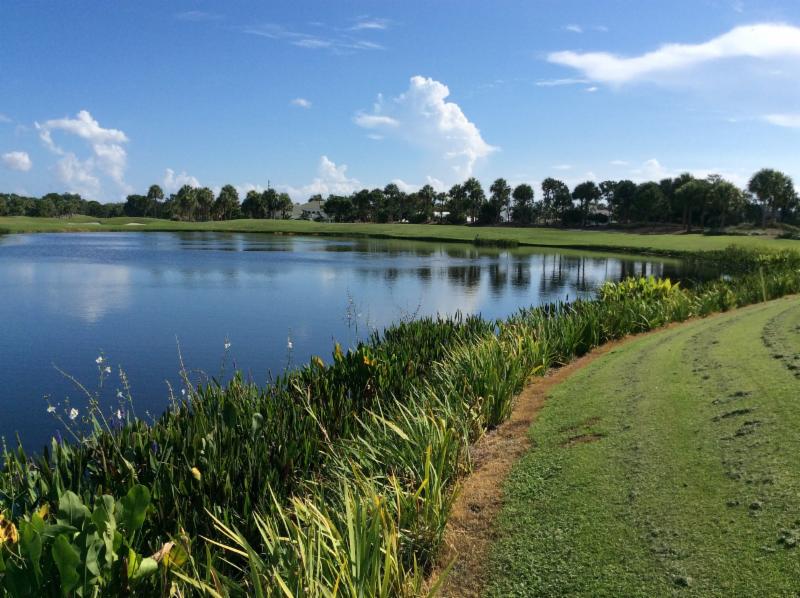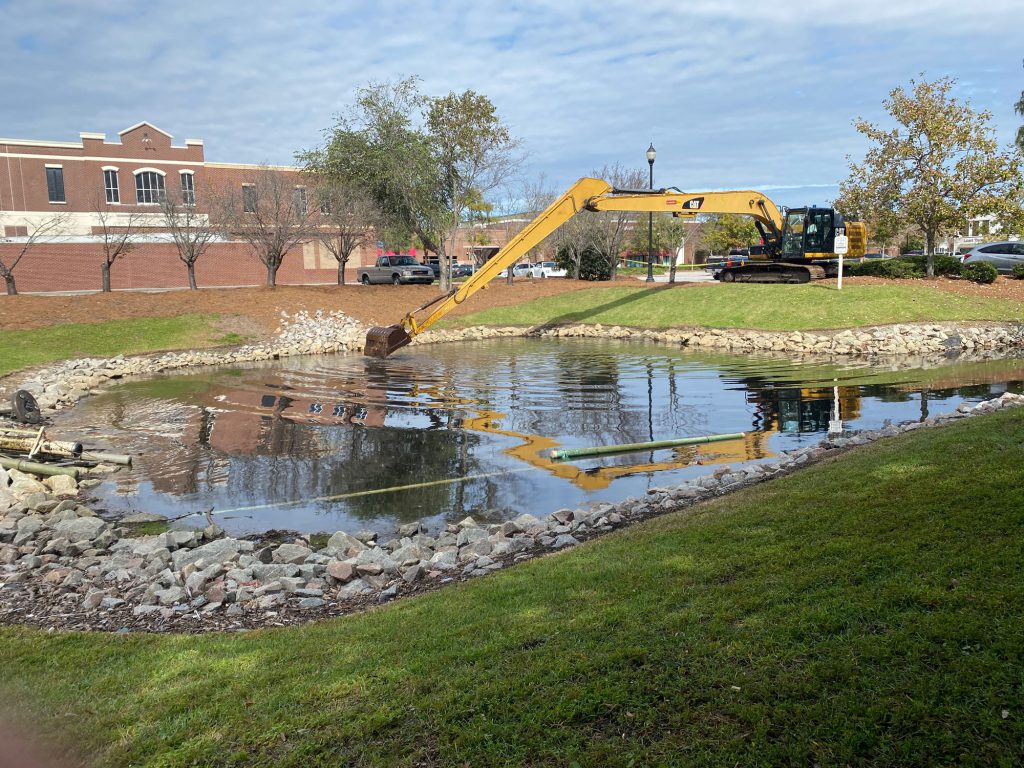Preparing Stormwater Ponds for Hurricanes
4 Hurricane Preparedness Tips for Your Stormwater Pond
 According to the National Oceanic and Atmospheric Administration (NOAA), approximately 40% of the American population lives within coastal areas, despite the fact that they only make up 10% of the country’s total landmass. As anyone who lives on the coast can tell you, populations have continued to increase in recent years. It is unsurprising then that a large concern of many homeowners in these areas is the threat of hurricanes and the associated damage.
According to the National Oceanic and Atmospheric Administration (NOAA), approximately 40% of the American population lives within coastal areas, despite the fact that they only make up 10% of the country’s total landmass. As anyone who lives on the coast can tell you, populations have continued to increase in recent years. It is unsurprising then that a large concern of many homeowners in these areas is the threat of hurricanes and the associated damage.
Most people in coastal areas typically live on or near man-made stormwater systems, which use inlet and outlet structures, forebays, safety benches, and other specialized components to collect runoff during storms. However, these sites can become a concern any time a hurricane approaches due to the increased risk of equipment damage and catastrophic flooding. The water in stormwater ponds is likely to rise much higher than normal during these events, so it’s important that community associations, municipalities, and private property owners take steps to ensure their waterbodies are in proper working condition during hurricane season.

1. Remove Debris
Yard debris should be removed from around the site and streets should be cleaned of trash, since this will be flushed into the ponds via storm drains. Even a single plastic bag or soda bottle could effectively block a control structure and keep water from flowing off-site. Installing debris guards on control structures can be an effective preventative method, as well as the periodic flushing of trash from street drains.

2. Secure Equipment
Many lakes and ponds have fish feeders, fountains, submersed aeration systems, and other electrically run equipment. Unless it is absolutely necessary (like a pump), it is important to shut off and even remove this equipment from the premises. This minimizes the chance of damage to the equipment during a storm, especially if there are any electrical fluctuations. Another option is to install an anemometer to your fountain control box, which will shut off fountain power if wind speeds rise to dangerous levels.

3. Introduce Aeration
A common phenomenon, both during and after a hurricane, is a fish kill. These events are often caused by the introduction of brackish (high salinity) water or an increase in turbidity (when large amounts of sediment are washed into a waterway). Many freshwater fish species near the coast can tolerate slight changes in water quality if they become acclimated to it, but rapid changes can lead to suffocation.
Fish kills can also be caused by stratification. This means the water is separated by distinct layers of temperatures and dissolved oxygen (DO) levels. The merging of these layers during hazardous storms can cause a fish kill – sometimes within a few hours or days. If it does occur during the storm, once it’s safe to do so it is important to remove as much of the dead fish as possible to prevent poor odors, decay, and the subsequent nutrient pollution that fuels nuisance plant and algae growth. But, if a fish kill has not yet occurred, it may be possible to reverse some of the negative impacts of the storm. Introducing a fountain or a submersed aeration system can help rebalance the water column by gradually circulating and increasing DO. Better yet, Oxygen Saturation Technology can be utilized to rapidly restore DO in the specific water layers that need it without creating thermal stratification.

4. Meet with a Professional
One of the best proactive strategies is a professional stormwater inspection. During these inspections, aquatic management professionals can identify shoreline erosion, clogging or damage to concrete inlets and outlets, problematic invasive species infestations, and any other problems within the infrastructure that may lead to complications during high-water events. Sometimes this inspection can lead to recommendations such as flushing storm drains, repairing cracking hardscape, or clearing vegetation within the wetlands behind outflow structures to facilitate the flow of water from a pond.
Prep Your Stormwater Pond Ahead of the Next Hurricane
Hurricanes are stressful events, even without having to worry about stormwater ponds in your coastal community. Understanding the potential areas of concern and creating an action plan ahead of time can help alleviate this stress. A few precautionary measures will help prepare your freshwater systems and will help minimize the chance of flooding, infrastructure damage, and fish kills during this dangerous yet inevitable weather event.
Tags: Lake Management Articles

